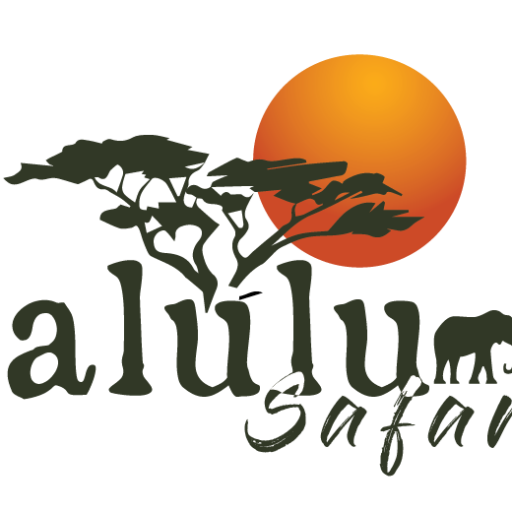The Best Time to Climb Kilimanjaro: A Guide to the Mountain’s Climate and Weather Patterns
Climbing Mount Kilimanjaro is a once-in-a-lifetime experience, but choosing the right time to embark on your journey can make a significant difference in the quality of your adventure. The weather and climate on Kilimanjaro can be unpredictable, varying drastically between its lower slopes and the summit. This guide will help you understand Kilimanjaro’s weather patterns, recommend the best times to climb, and provide tips on how to avoid the crowds, ensuring you have the best possible experience.
Understanding Kilimanjaro’s Climate Zones
Mount Kilimanjaro has several distinct climate zones that change as you ascend. These range from the tropical heat at the base to the frigid temperatures near the summit.
- Tropical Rainforest (Lower Slopes)
The lower slopes of Kilimanjaro, where climbers begin their trek, are characterized by warm and humid conditions with frequent rainfall. This zone is rich in plant life, with dense forests, waterfalls, and diverse wildlife. - Moorland and Alpine Desert (Mid and High Zones)
As you climb higher, the temperature drops, and rainfall becomes less frequent. The moorland zone is marked by a cooler, more temperate climate, while the alpine desert zone (above 13,000 feet) is dry and chilly with little vegetation. - Summit Zone (The Roof of Africa)
At the summit, temperatures can plummet to below freezing, and climbers face icy winds, snow, and extreme altitude. The weather here is harsh, and the air is thin, making it essential to acclimatize properly.
The Best Time to Climb Kilimanjaro
The ideal time to climb Kilimanjaro depends on the weather conditions and your ability to handle the climate at various altitudes. Here are the most favorable months to climb:
1. The Dry Seasons: June to October and December to February
The best months to climb Kilimanjaro are during the dry seasons, which occur in two distinct periods:
- June to October
- December to February
During these months, the weather is typically dry, with clear skies and mild temperatures. These periods offer the most stable and predictable weather conditions, which are essential for a safe and successful climb. The lack of rainfall ensures the trekking paths are not too slippery, and the views from the summit are often crystal clear.
- Pros:
- Dry weather, reducing the risk of rain and mud.
- Clear skies and excellent visibility at higher altitudes.
- Ideal conditions for photography.
- Cons:
- The dry season is the most popular time to climb, meaning there will be more climbers on the mountain. Expect more crowded conditions at campsites and the summit.
2. The Short Rainy Season: November and Early December
While not as popular as the dry season, November and early December are part of Kilimanjaro’s short rainy season. While it’s still possible to climb during this time, the lower slopes of the mountain can experience occasional rain, which can make the trek muddy and slippery.
- Pros:
- Fewer crowds, which means a more tranquil and solitary experience on the mountain.
- Lush green landscapes, especially in the rainforest zone.
- Cons:
- Rain can cause difficult trail conditions.
- Muddy paths may slow your progress, and visibility may not be as good due to cloud cover.
3. The Long Rainy Season: March to May
The long rainy season, which occurs from March to May, is generally the least favorable time to climb Mount Kilimanjaro. During this period, the mountain experiences heavy rainfall, particularly in the lower and mid-altitudes. The trekking paths can become slippery and treacherous, and the summit weather is likely to be harsh and unpredictable.
- Pros:
- Extremely low numbers of climbers, making it an excellent option for those seeking solitude.
- Cooler temperatures in the lower zones.
- Cons:
- Heavy rain makes trekking difficult and uncomfortable.
- Poor visibility and potential for trail closures due to dangerous conditions.
- Higher chances of altitude sickness due to wet, slippery conditions that slow your pace.
Crowd Avoidance: Climbing Kilimanjaro in Peace
To avoid the crowds, it’s best to plan your trek during the shoulder months of March, April, and November. While the weather may not be ideal, these months offer fewer climbers, meaning less competition for campsites and a more peaceful, intimate experience on the mountain.
However, if you’re aiming for the best possible conditions (while still avoiding the peak crowds), climbing at the beginning of May or late November can offer a balance of lower traffic and decent weather.
Tips for Climbing Kilimanjaro in Different Seasons
- During the Dry Season (June – October, December – February):
- Stay hydrated, as the dry weather can increase the risk of dehydration.
- Wear layered clothing for the varying temperatures, from the warmth of the lower slopes to the cold at the summit.
- Prepare for the crowds by booking your trek in advance and choosing less popular routes like the Rongai Route or Lemosho Route for a more peaceful climb.
- During the Rainy Season (March – May, November):
- Ensure you have waterproof gear to stay dry during the rainfall.
- Choose longer, less strenuous routes that allow for acclimatization and prevent rapid ascent, which can increase the risk of altitude sickness.
- Be prepared for slippery conditions, especially on steeper sections of the climb.
Conclusion: When to Climb Mount Kilimanjaro
The Best Time to Climb Kilimanjaro largely depends on your preferences for weather and crowd conditions. For most climbers, the dry seasons of June to October and December to February are considered the Best Time to Climb Kilimanjaro, offering excellent weather and optimal climbing conditions. However, if you prefer a quieter experience, the shoulder months of March and November can also be a good choice for the Best Time to Climb Kilimanjaro—though you’ll need to be prepared for occasional rain and muddier conditions.
By carefully considering the mountain’s weather patterns and selecting the Best Time to Climb Kilimanjaro, you can maximize your chances of a successful and unforgettable Kilimanjaro adventure. The dry seasons not only offer the Best Time to Climb Kilimanjaro for clear skies and pleasant trekking paths but also allow you to enjoy breathtaking views from the summit.
For those who value solitude, March and November might be your personal Best Time to Climb Kilimanjaro, as these months have fewer crowds. No matter when you choose your journey, Kalulu Safaris ensures you are fully prepared to make the most of the Best Time to Climb Kilimanjaro, providing expert guidance for a safe and rewarding experience on the Roof of Africa

